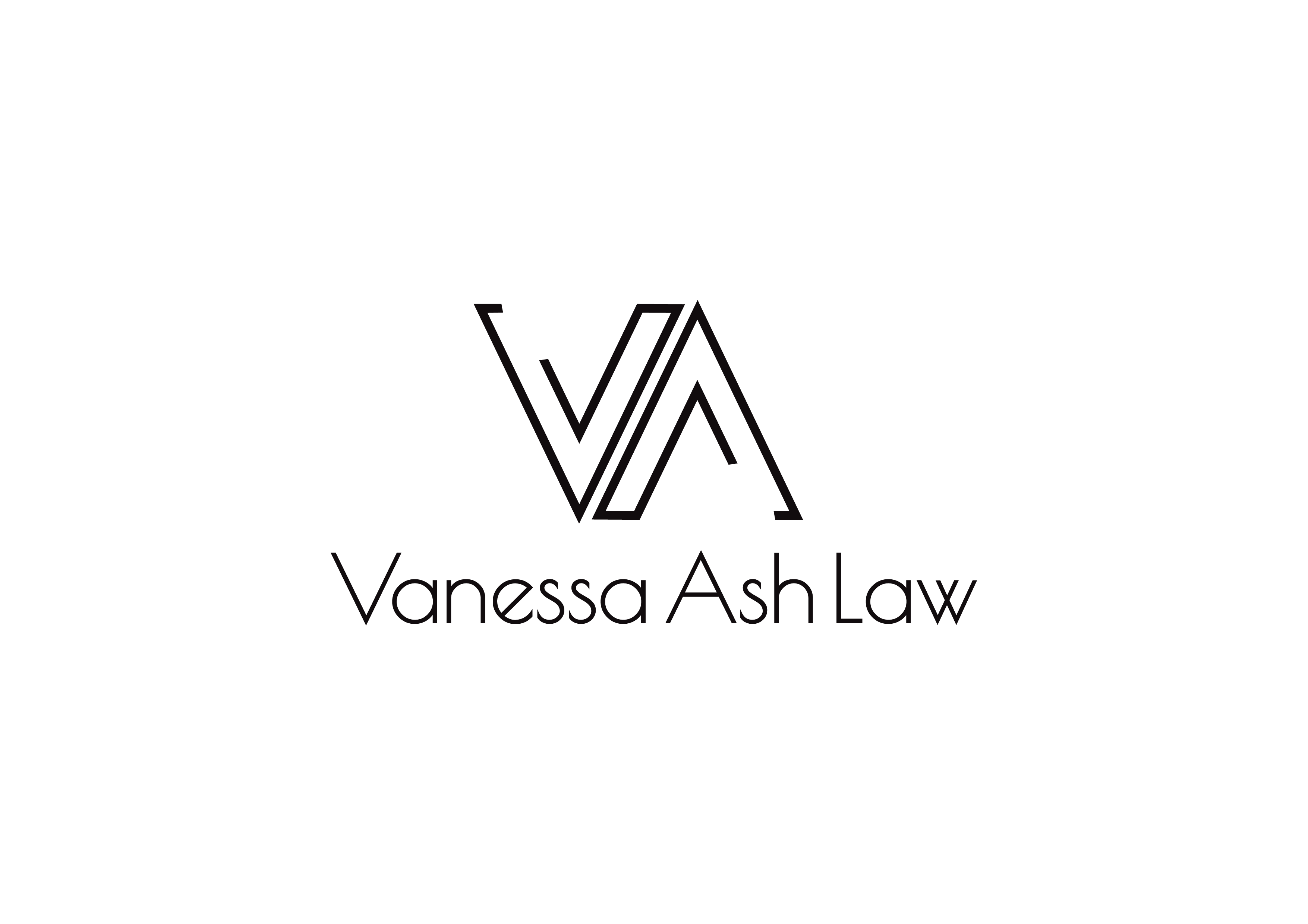Our court systems have a set pathway to a divorce or de facto relationship breakdown settlement either in or out of court.
Step 1 – is a property settlement even necessary?
In most cases, the court will decide if there is to be a property settlement, or a change in ownership of property. In some cases the court will decide that each party should keep what they already own. If couples have kept their financial affairs pretty separate during their marriage, the relationship was very short, or there has been a long separation period, this is common.
Step 2 – Identify and value assets and liabilities
A list of all assets and liabilities (debts), including superannuation, is compiled for both individuals and joint ownership, with someone’s name against them (or both names). Values are approximate or specific, and need to be accurate. This list is then balanced. The pool at the start of the relationship (at living together) to work out increases in asset values, and what each party brought to the table (called initial contributions).
Step 3 – Assessment of contributions
Contributions to the marriage include financial (income, inheritances, mortgage payments), non-financial (labour for renovations), or if one parent was a homemaker and/or full-time parent. Contributions are calculated as a notional percentage like 40/60 or 50/50.
Step 4 – Assessing each party’s future needs
Once the contributions process is finished, the court (or your solicitors) will evaluate future needs for each party. Things considered in future needs include health, age, earning capacity, child care, duration of marriage or relationship, and anything else that is relevant. This process could reduce or increase the percentage reached.
Step 5 – Checking if the division of assets is just and equitable
Your lawyers and the court will then consider the final division of assets to ensure it is just and equitable for the circumstances.
Write your own story. Call Vanessa Ash and Associates today.
